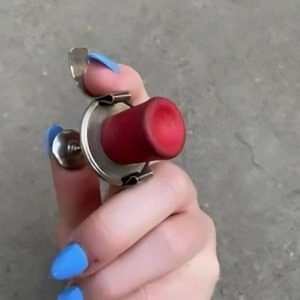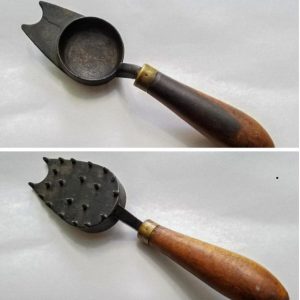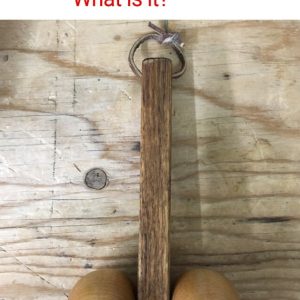If you ever spent an afternoon beside your grandmother as she stitched a hem or mended a tear, there’s a good chance you’ve seen these little tools—maybe even used them. The tiny wire loop of a needle threader. The chalky triangle used to mark hems and patterns. At first glance, they might look like odd trinkets from another time. But for anyone who grew up in a sewing household, they were everyday essentials.
Today, many younger folks wouldn’t recognize them. But if you’re “of a certain age,” not only do you remember them—you probably have fond, vivid memories attached to them. Let’s take a trip back and rediscover the magic behind the humble needle threader and tailor’s chalk.
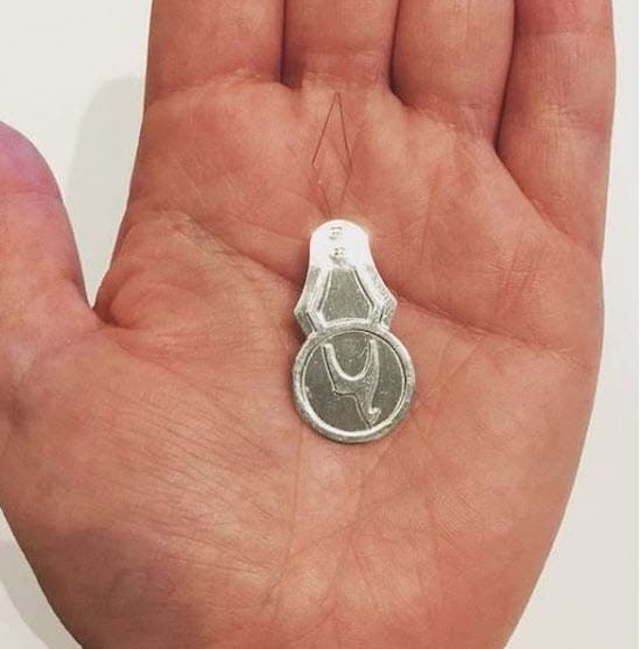
The Needle Threader: Genius in a Tiny Package
If threading a needle ever made you squint, sigh, and say a few choice words, then you’ll understand exactly why the needle threader became a lifesaver. Its design is simple: a thin wire loop anchored to a small flat handle, often stamped with a portrait or logo. Yet it solved a problem that every hand sewer faced—getting the thread through that impossibly tiny eye of a needle.
The beauty of it? It didn’t need batteries, screens, or Wi-Fi. Just a little push, pull, and voila—threaded in seconds. Especially as eyesight faded or hands grew less steady, the needle threader kept people sewing with ease and dignity.
Invented sometime in the 18th century, this small gadget has barely changed in design. Why fix what isn’t broken? It was cheap, durable, and incredibly effective. If you found one in an old sewing kit, you knew it still worked—just like it always had.
Video: How to use a needle threader (Craft Basics)
Why Everyone Had One in Their Sewing Box
Needle threaders didn’t just become popular—they became household staples. By the mid-1900s, almost every sewing kit included one. Companies would give them away with thread purchases or sewing kits, often branded with their logo. Some even shaped the handles like faces or figures, giving each threader a bit of personality.
And while sewing machines started gaining popularity, hand sewing never went away. Whether you were fixing a hem or attaching a button, you still needed a needle—and where there was a needle, there was usually a threader nearby.
Tailor’s Chalk: The Secret Behind the Perfect Cut
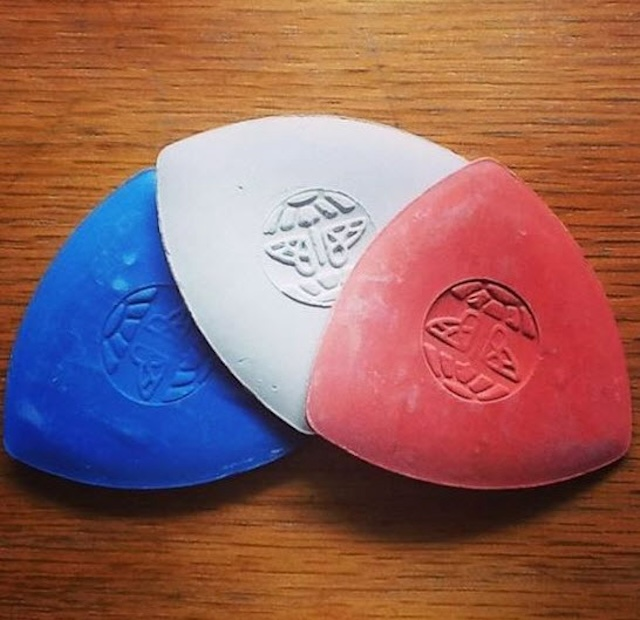
If the needle threader was the star of the threading process, tailor’s chalk was the unsung hero of cutting and planning. It didn’t look like much—just a small piece of colored chalk, usually shaped like a triangle. But wow, was it important.
Need to mark where to fold? Where to cut? Where to stitch a seam? Tailor’s chalk was your go-to. And the best part? The marks brushed right off. No stains, no fuss—just clean, temporary lines that guided your every move.
Each color served a purpose—white for dark fabric, blue or red for light. It was simple, effective, and something most sewers wouldn’t dream of working without.
The Sensory Nostalgia: Sounds, Textures, and Time Together

Part of what makes these tools so nostalgic isn’t just their function—it’s the memories they bring flooding back. The click of a needle tin snapping shut. The gentle scrape of chalk across fabric. The rustle of thread being pulled through cotton.
And the company—sitting with your mom or aunt or grandma as she taught you how to mend your first pair of pants or patch up a stuffed toy. These tools weren’t just practical—they were part of generational bonding, of passing down knowledge with hands and heart.
What Happened to These Treasures?
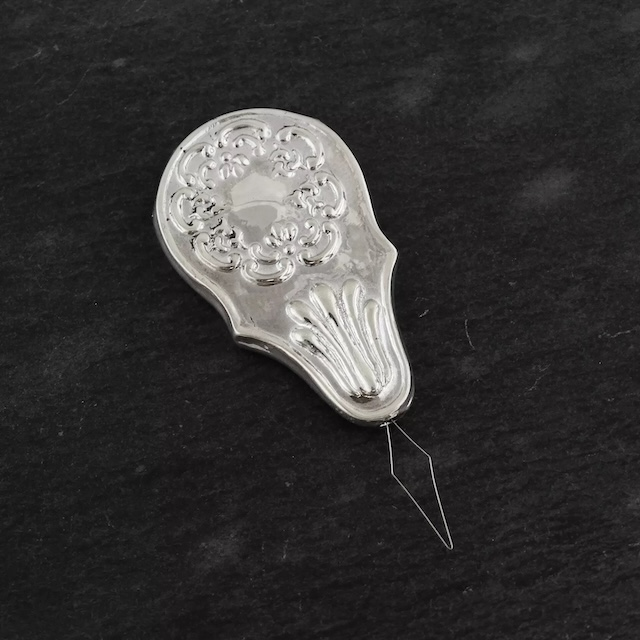
With the rise of machine sewing and mass-produced clothing, the humble sewing kit slowly got pushed to the back of the drawer. Sewing went from a necessity to a hobby, and as fewer people sewed by hand, needle threaders and tailor’s chalk started to fade from the spotlight.
Add in the fact that many modern needles now come with larger eyes, or that sewing machines include auto-threading features, and it’s easy to see why many folks under 30 might not recognize these items at all.
But that doesn’t mean they’re gone. In fact, there’s been a bit of a comeback.
Vintage Revival: Collectors, Crafters, and Creatives Bring Them Back
Video: Needle Threaders
Today, needle threaders and tailor’s chalk are still sold in sewing sections at craft stores. They’re also popping up in vintage shops and on Etsy as nostalgic collectibles. Some folks buy them just to display—others put them right back to work in their modern sewing kits.
Crafters have embraced them for their tactile charm. There’s something deeply satisfying about using tools that don’t plug in or beep. They give you control, precision, and a physical connection to your work. Whether you’re quilting, embroidering, or just patching your jeans, these tools add a touch of old-school magic.
Conclusion: Threads of the Past Still Hold Strong
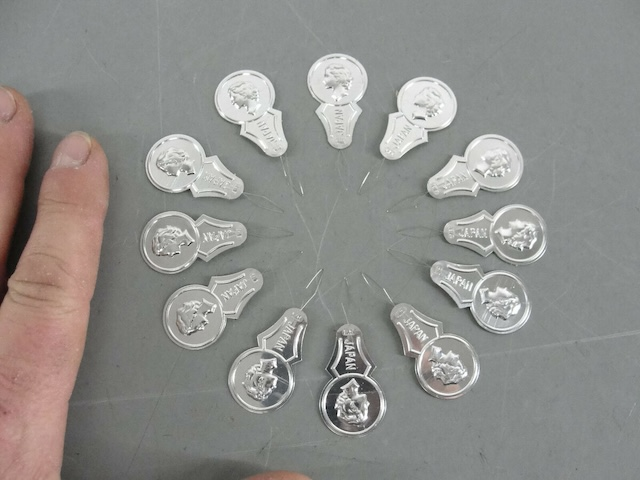
They may be small, humble tools, but needle threaders and tailor’s chalk carry big memories. They remind us of patient hands, quiet afternoons, and the joy of making something from scratch. Of the time before everything went digital—when a few simple tools could help turn fabric into something useful, beautiful, and personal.
So if you ever come across one of these old sewing gadgets—whether tucked inside a drawer or sitting in an antique shop—pause for a second. Run your fingers over the embossed handle, or rub that triangle of chalk between your palms.
Because what you’re holding isn’t just a tool. It’s a story. A slice of domestic history. And for many of us, a gentle reminder of the hands that taught us, the clothes we made, and the quiet pride that came from doing it ourselves.
